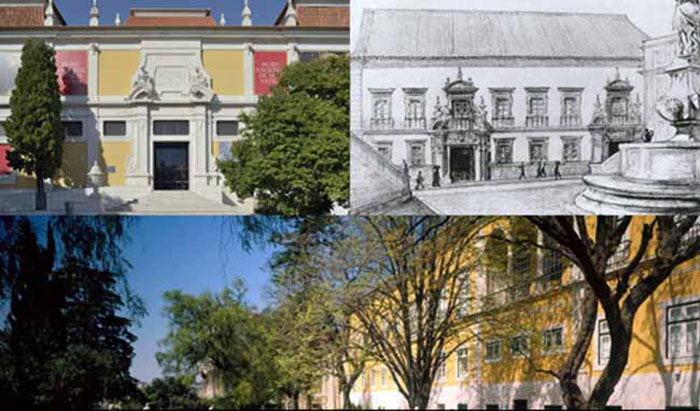Antonio Filipe, director of National Museum of Ancient Art, and local experts will examine the painting in an attempt to better understand some of the mysteries surrounding it.
The painting hides three mysteries -- who painted it, when it was painted and why it was in Germany.
Although its existence has been known to experts in Portugal for several years now, most local historians are seeing the painting for the first time.
Miguel Soromenho, an art historian, was one of the first to be contacted about the existence of this work in 2008.
"It is the first time I`ve seen it," he said.
The first mystery experts want to uncover is how it got to Germany. Historians only know that it arrived there after the Second World War.
The second mystery is who painted it. Several key inscriptions could provide clues to the answer. Art historian Andreas Gehlert said the painting has "some architectural details of palaces, monasteries and ornaments."
The third mystery is the date. The painting has an inscription with the date 1613, which describes in detail the reception of King Philip III of Spain on his first visit to Portugal.
However, the king only arrived in Portugal in 1618 -- five years after that date.
One possible explanation for the inscribed date, therefore, could be that the painting was made for the arrival of the Spanish king in 1613.
More about:
















































